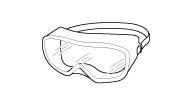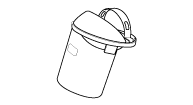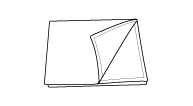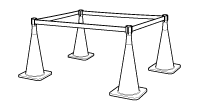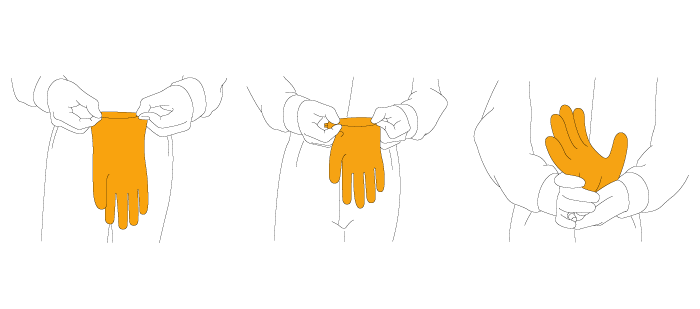Kia Soul EV: EV Battery System / General Safety Information and Caution
Kia Soul EV (PS EV) 2015-2020 Service Manual / EV Battery System / General Safety Information and Caution
| Safety Precaution |
| ||||||||||||||||||||||
| ||||||||||||||||||||||
| ||||||||||||||||||||||
|
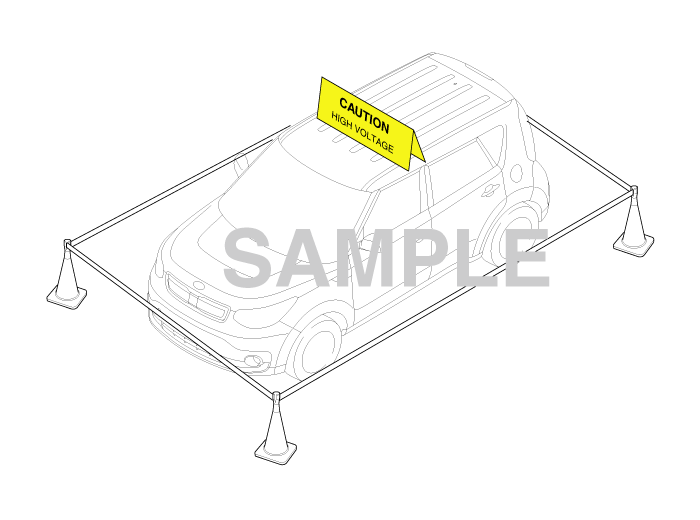
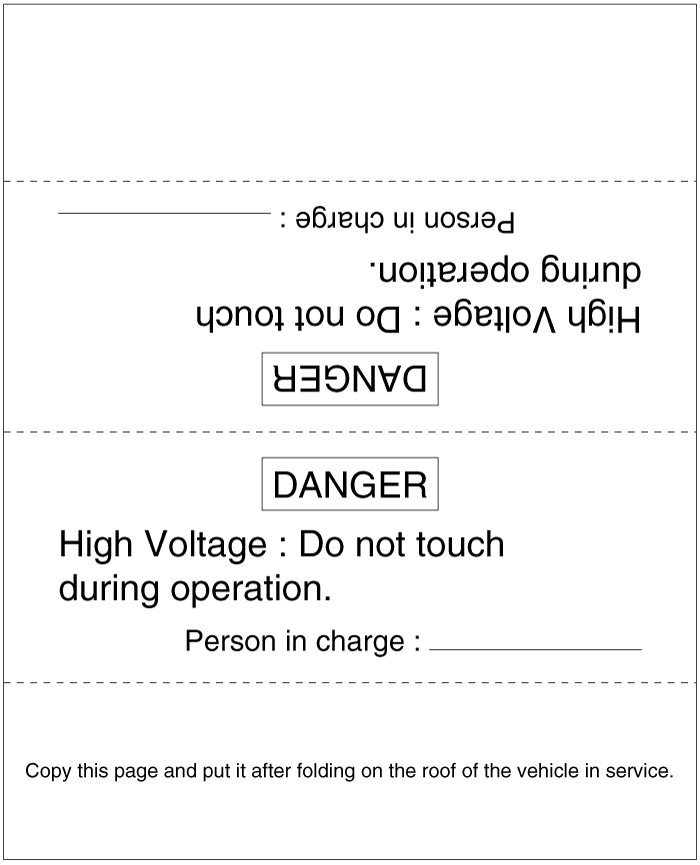
| Personal Protective Equipment |
| Name | Illustration | Description |
| Insulation gloves |
| Used when inspecting or working on the high voltage components [Insulation performance : 1000V / 300A or above] |
| Insulation shoes |
| Used when inspecting or working on the high voltage components |
| Insulation clothes |
| |
| Insulation helmet |
| |
| Safety glasses |
| Used in the following cases : • During Removal & installation or inspection of the high voltage battery terminals or wiring, which spark might happen. • When working on the high voltage battery pack assembly. |
| Face shield |
| |
| Insulation mat |
| All removed high voltage components are placed on an insulation mat to prevent safety accidents. |
| Insulation sheet |
| Insulation
sheet is used to cover high voltage components to protect people not
wearing personal protective equipment from safety accidents. |
| Warning tape |
| Used for infomring that it is dangerous to come over this line. |
| Personal Protective Equipment Inspection |
|
 Fold the insulation glove as above. Fold the insulation glove as above. Fold again 3~4 times to make it airtight. Fold again 3~4 times to make it airtight. Squeeze the inflated glove to see if the glove is torn or damaged. Squeeze the inflated glove to see if the glove is torn or damaged. |
| Caution when repairing the power cable |
|
| Precautions when handling high voltage battery |
|
| Precautions in case of fire in High Voltage Battery System |
|
| Precautions in case of high voltage battery gas and/or electrolyte leakage |
|
| Precautions when handling vehicle after an accident |
|
| Preparations when servicing accident affected vehicle |
|
| Precautions when EV is unattended for a prolonged period |
|
| Hybrid Vehicle Refrigerant Recovery / Charging Precautions |
|
 High Voltage Shut-off Procedures
High Voltage Shut-off Procedures
High Voltage Shut-off Procedure
Be sure to read and follow the “General Safety Information
and Caution” before doing any work related with the high voltage
syst ...
Other information:
Kia Soul EV (PS EV) 2015-2020 Service Manual: Crash Pad Side Cover Components and Components Location
Component Location [LH] 1. Crash pad side cover [LH] [RH] 1. Crash pad side cover [RH] ...
Kia Soul EV (PS EV) 2015-2020 Service Manual: Mode Control Actuator Repair procedures
Inspection 1. Turn the ignition switch OFF. 2. Disconnect the mode control actuator connector. 3. Verify that the mode control actuator operates to the defrost mode when 12V is connected to terminal 3 and ground to terminal 7. Verify that the mode control actuator operates to the vent m ...
Copyright © www.ksoulev.com 2020-2025










